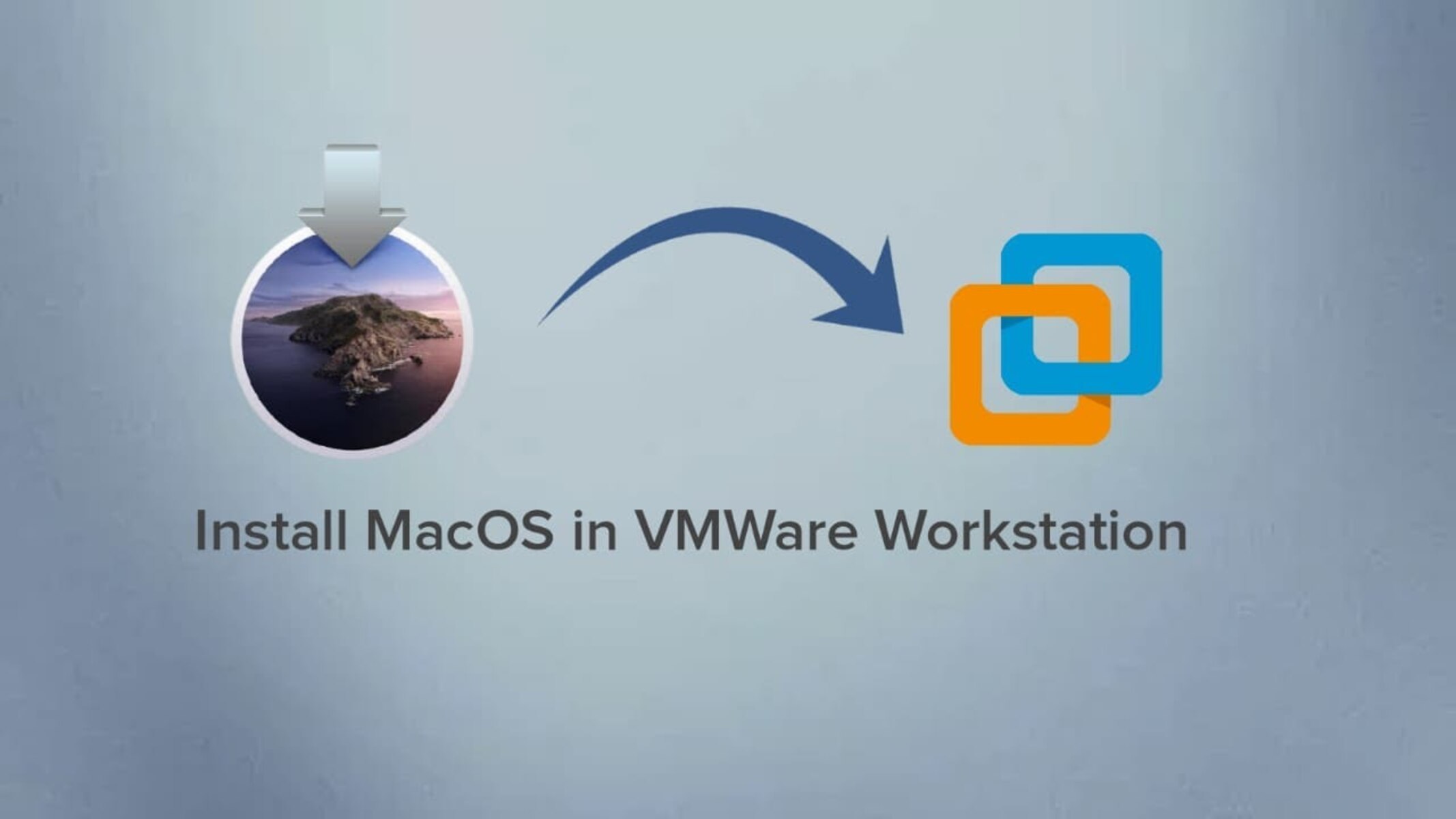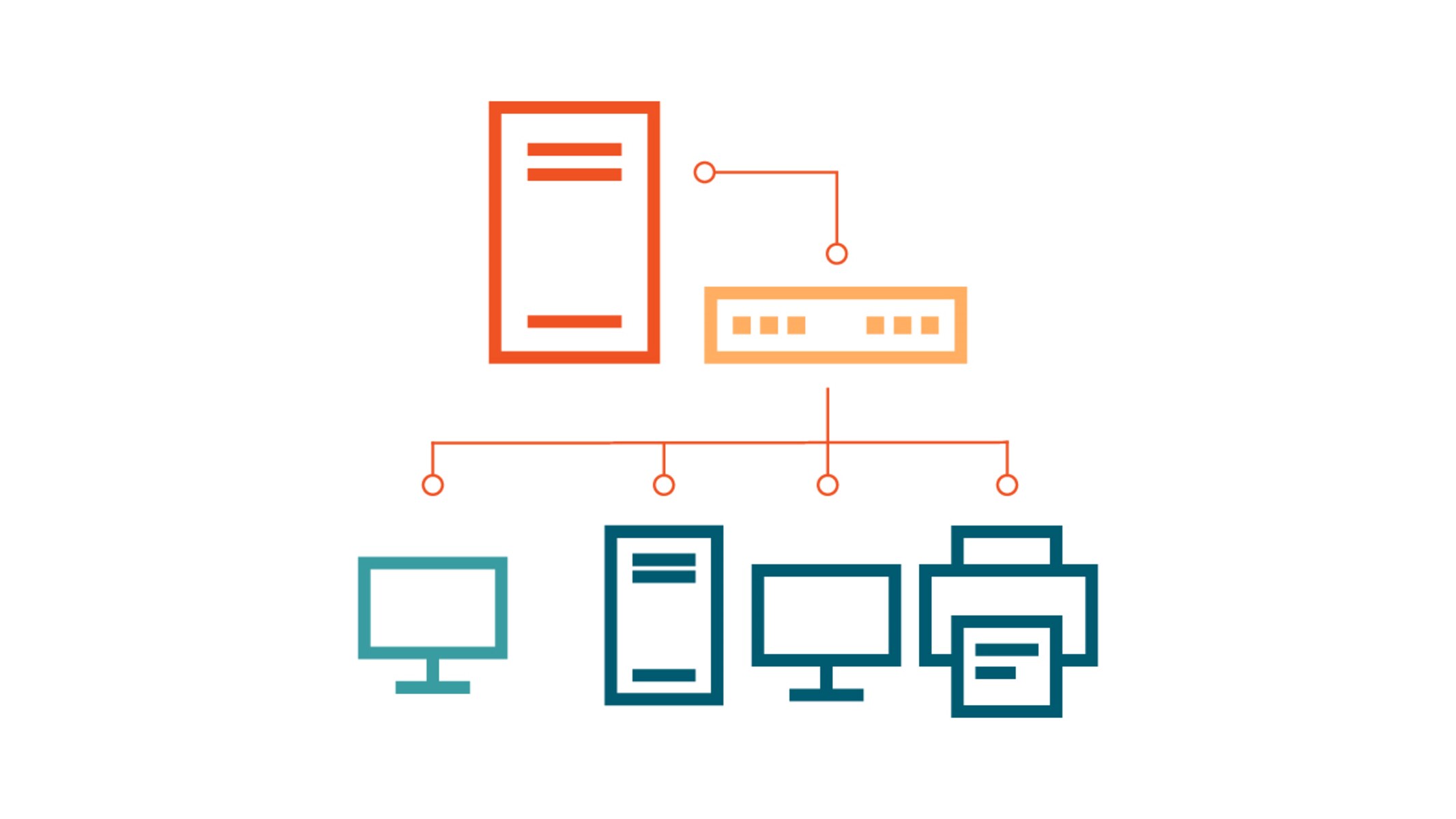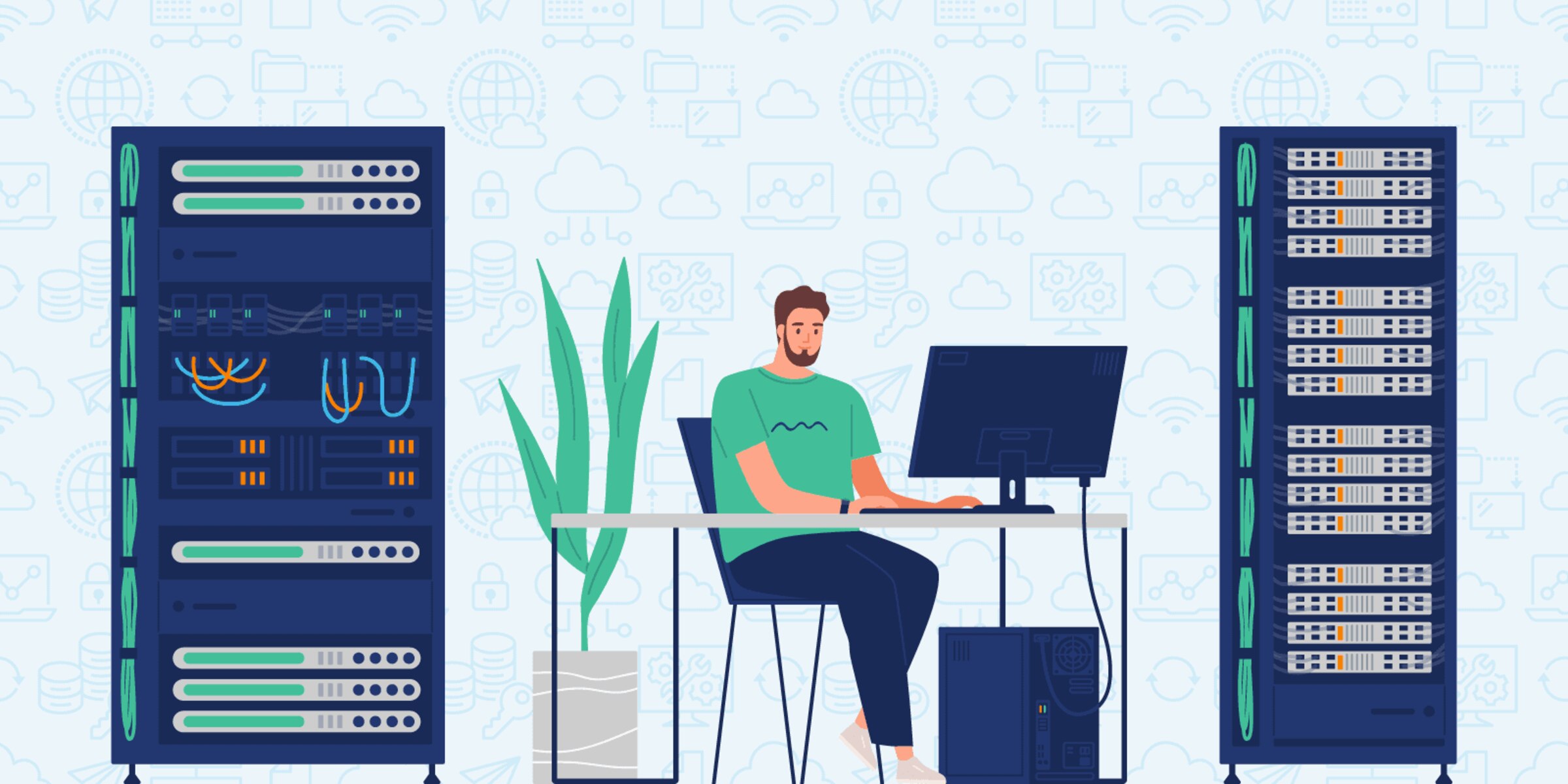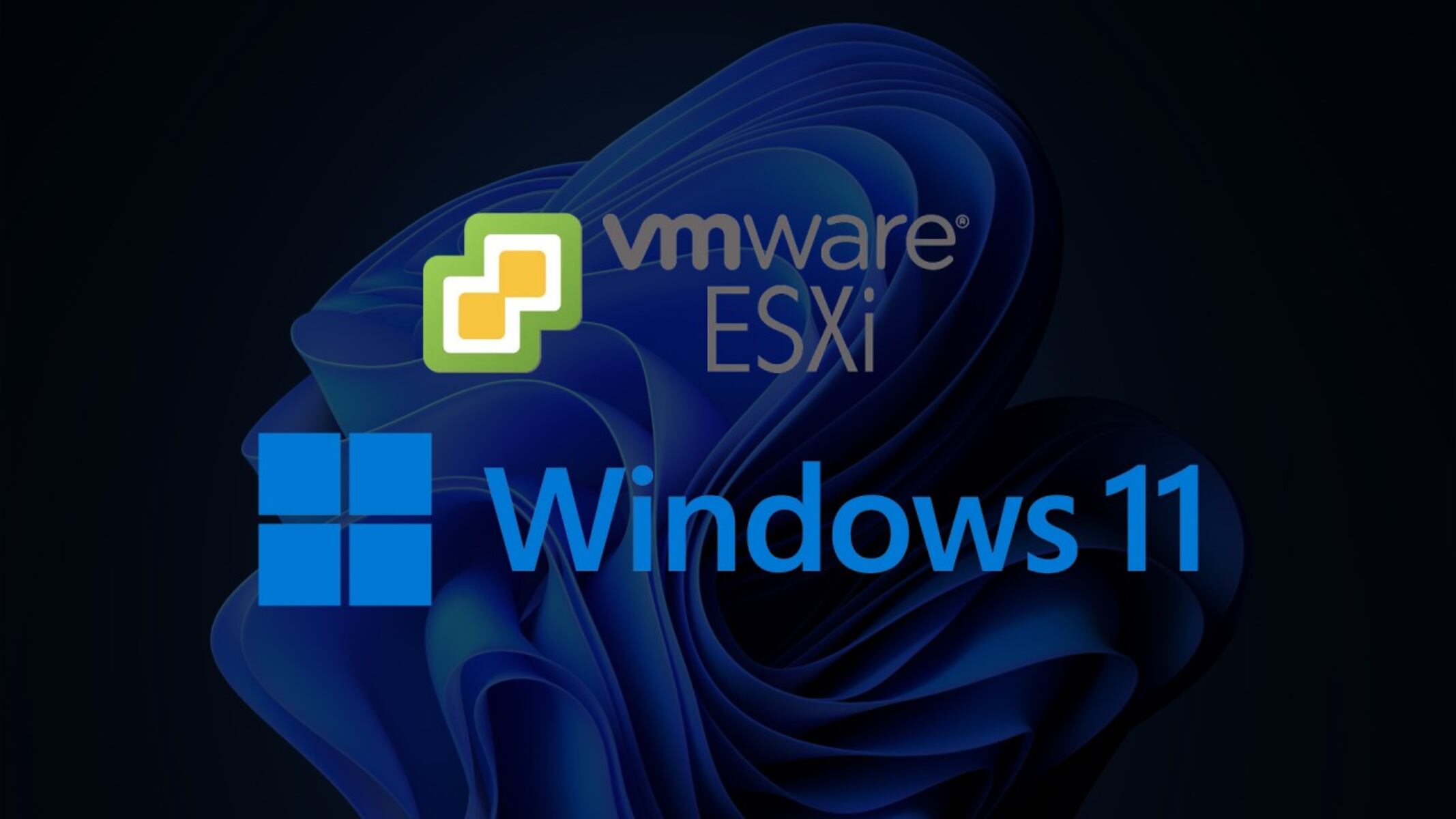Introduction
Welcome to the world of Windows 7, where the Workstation Service plays a vital role in ensuring the smooth operation of your computer system. If you have ever wondered what this service is all about and how it impacts your Windows 7 experience, you’ve come to the right place.
The Workstation Service is a fundamental component of the Windows operating system, responsible for providing essential network services and connectivity features. It enables your computer to connect and interact with other devices and network resources seamlessly. Whether you’re accessing files and resources on a local network or sharing data with other devices, the Workstation Service acts as a bridge to facilitate these operations.
By understanding the purpose and function of the Workstation Service, you can gain a deeper insight into the inner workings of your Windows 7 system. In this article, we will explore the significance of the Workstation Service, its key features and dependencies, as well as troubleshooting tips for any issues you may encounter.
Let’s dive in and discover how the Workstation Service empowers your Windows 7 experience.
What is Workstation Service?
The Workstation Service is a core component of the Windows operating system that provides essential networking features and services. It is responsible for establishing and maintaining connections to remote network resources, enabling your computer to seamlessly interact with other devices, servers, and shared resources on a local network.
When you access files, printers, or other network resources on a local network, the Workstation Service acts as a mediator, facilitating the communication between your computer and the network resources. It enables you to browse through shared folders, access files on other computers, and even print documents on network printers.
In addition to offering network connectivity, the Workstation Service also ensures the security of network communication. It implements various network protocols, such as SMB (Server Message Block), which is used for file and printer sharing across Windows networks. By employing encryption and authentication mechanisms, the Workstation Service enhances the confidentiality and integrity of the data being transmitted over the network.
Moreover, the Workstation Service plays a crucial role in enabling remote administration of your computer. It allows system administrators to access and manage your computer remotely, making it easier to troubleshoot issues, install updates, and perform other administrative tasks without physically being in front of your machine.
Overall, the Workstation Service is a vital component of the Windows operating system, enabling seamless connectivity, file sharing, and network resource access. It forms the backbone of your network interactions, ensuring smooth and secure communication between your computer and other devices or servers on a local network.
Purpose of Workstation Service
The primary purpose of the Workstation Service in Windows 7 is to provide essential networking features and functionalities, enabling your computer to connect and interact with other devices and network resources. Let’s explore the key purposes and benefits of this service:
- Network Resource Access: One of the main purposes of the Workstation Service is to facilitate access to network resources, such as shared files, folders, and printers on a local network. It allows you to browse through shared folders on other computers and access files seamlessly, making collaboration and file sharing more convenient and efficient.
- Network Connectivity: The Workstation Service ensures that your computer stays connected to the network, enabling you to communicate with other devices and servers. It manages network connections, handles network protocols, and establishes and maintains communication channels, ensuring a reliable and stable network connection for your system.
- Network Security: Another essential purpose of the Workstation Service is to ensure the security of network communication. It implements security protocols and authentication mechanisms to protect data transmitted over the network. By encrypting network traffic and verifying the identity of connecting devices and users, the Workstation Service enhances the confidentiality and integrity of network communication.
- Remote Administration: The Workstation Service enables remote administration of your Windows 7 computer, allowing system administrators to manage and troubleshoot your system without physically being present. This feature is especially useful for IT departments and support teams, as it allows them to perform tasks such as software updates, system configuration changes, and remote troubleshooting, enhancing efficiency and reducing downtime.
- Network Printing: The Workstation Service facilitates network printing by allowing your computer to connect to and communicate with network printers. This enables you to print documents from your computer to printers connected to the network, eliminating the need for direct physical connections and making printing tasks more flexible and accessible.
By fulfilling these purposes, the Workstation Service plays a crucial role in enhancing your network connectivity, enabling seamless access to network resources, ensuring secure communication, and facilitating remote management of your Windows 7 system.
Starting and Stopping Workstation Service
Managing the Workstation Service in Windows 7 involves starting and stopping the service as needed. Here’s how you can initiate these actions:
- Starting the Workstation Service: To start the Workstation Service, follow these steps:
- Click on the Start button and type “services.msc” in the search box.
- Press Enter to open the Services window.
- Scroll down and locate the Workstation service.
- Right-click on the Workstation service and select “Start” from the context menu.
The service will start running, and you can now enjoy uninterrupted network connectivity and resource access.
- Stopping the Workstation Service: If you need to stop the Workstation Service for any reason, the steps to do so are as follows:
- Open the Services window by entering “services.msc” in the search box and pressing Enter.
- Find and right-click on the Workstation service.
- Select “Stop” from the context menu. This will halt the service and terminate its functionality temporarily.
However, keep in mind that stopping the Workstation Service will result in a loss of network connectivity and access to network resources until the service is started again.
It’s important to note that the Workstation Service is set to start automatically by default when you boot your computer. However, in some cases, you may need to manually start or stop the service to resolve networking issues or perform troubleshooting tasks.
By accurately managing the starting and stopping of the Workstation Service, you can ensure smooth network operations and effectively address any issues or concerns that may arise.
Dependencies of Workstation Service
The Workstation Service in Windows 7 relies on several dependencies to function correctly and provide seamless network connectivity. Understanding these dependencies is crucial for troubleshooting network issues and ensuring the optimal performance of the Workstation Service.
Here are some of the key dependencies of the Workstation Service:
- Server Service: The Workstation Service is dependent on the Server Service, which is responsible for providing file and print sharing services. These two services work together to enable the sharing of files, folders, and printers on a network.
- Browser Service: The Workstation Service relies on the Browser Service, which maintains a list of available network resources and helps with network discovery. The Browser Service ensures that your computer can locate and connect to other devices and network resources on the local network.
- RPC Endpoint Mapper: The Remote Procedure Call (RPC) Endpoint Mapper service is another essential dependency for the Workstation Service. It acts as a central locator service that helps programs identify the specific network services they need to connect to. The Workstation Service utilizes the RPC Endpoint Mapper to establish connections with other devices and servers on the network.
- TCP/IP Protocol: The Workstation Service depends on the TCP/IP (Transmission Control Protocol/Internet Protocol) protocol for network communication. TCP/IP is the foundation of internet connectivity and plays a vital role in transmitting data packets across networks. The Workstation Service uses TCP/IP to establish connections, communicate with other devices, and access network resources.
- NetBIOS: NetBIOS (Network Basic Input/Output System) is another dependency of the Workstation Service. It is an API (Application Programming Interface) that provides programming support for network applications. NetBIOS enables communication between different devices on a network and is used by the Workstation Service to facilitate network operations.
These dependencies work synergistically to ensure the smooth functioning of the Workstation Service in Windows 7. When troubleshooting networking issues or configuring the Workstation Service, it is important to ensure that these dependencies are functioning properly and that any related services are running without any problems.
By understanding and managing the dependencies of the Workstation Service, you can maintain a stable network connection and enjoy seamless access to network resources on your Windows 7 system.
Troubleshooting Workstation Service Issues
Despite its vital role in network connectivity, the Workstation Service in Windows 7 can encounter issues that affect its functionality. Here are some common problems you may encounter and troubleshooting steps to resolve them:
- Service Not Starting: If the Workstation Service fails to start, you can try the following steps:
- Check if the dependencies of the Workstation Service are running. Ensure that the Server Service, Browser Service, RPC Endpoint Mapper, TCP/IP Protocol, and NetBIOS are functioning properly.
- Restart your computer to refresh system services and try starting the Workstation Service again.
- Verify that your network adapter is working correctly and that there are no hardware or connection issues affecting network connectivity.
- If the issue persists, you may need to check the Event Viewer for any error messages or consult the Windows 7 support resources for further assistance.
- Network Connectivity Problems: If you are experiencing difficulties with network connectivity, consider the following troubleshooting steps:
- Check if your network cables are securely connected and properly functioning.
- Ensure that your network adapter drivers are up to date. You can download the latest drivers from the manufacturer’s website or use Windows Update to check for driver updates.
- Disable any third-party security software temporarily to rule out any conflicts that may be affecting network communication.
- Reset the TCP/IP stack by running the “netsh int ip reset” command in an elevated Command Prompt. This can help resolve TCP/IP-related issues that may be impacting network connectivity.
- File and Printer Sharing Issues: If you are unable to access shared files or printers on the network, consider the following troubleshooting steps:
- Verify that file and printer sharing is enabled on your Windows 7 system. You can check this in the Network and Sharing Center in the Control Panel.
- Ensure that the necessary firewall rules are configured to allow file and printer sharing. Check your Windows Firewall settings or any third-party firewall software you might be using.
- Check the permissions and sharing settings of the shared files and printers to ensure that they can be accessed by your computer.
- Restart the Server Service and the Workstation Service to refresh their functionality and establish new connections with shared resources.
If you encounter any other issues with the Workstation Service that cannot be resolved using the above troubleshooting steps, it may be necessary to seek further assistance from Windows 7 support resources or consult with a knowledgeable IT professional. They can provide guidance specific to your situation and help you overcome any challenges you may be facing.
By following these troubleshooting steps, you can address common Workstation Service issues and restore smooth network connectivity and resource access on your Windows 7 system.
Conclusion
In conclusion, the Workstation Service in Windows 7 plays a crucial role in enabling seamless network connectivity and providing essential networking features. It allows your computer to connect and interact with other devices, access shared resources, and facilitate remote administration.
Throughout this article, we have explored the purpose and function of the Workstation Service, understanding its significance in network resource access, network connectivity, network security, remote administration, and network printing. We have also discussed how to start and stop the Workstation Service, the dependencies it relies on, and troubleshooting steps to address common issues.
By managing the Workstation Service effectively and troubleshooting any issues that may arise, you can ensure a smooth network experience and maximize the benefits of your Windows 7 system. Whether you’re accessing shared files, collaborating with colleagues, or utilizing network printers, the Workstation Service is there to help make your network interactions seamless.
Remember to regularly update your system, maintain a healthy network environment, and refer to Windows 7 support resources or consult with IT professionals if you encounter any challenges beyond the scope of this article.
Harness the power of the Workstation Service, and enjoy the benefits of efficient network connectivity and seamless resource access on your Windows 7 system.

























